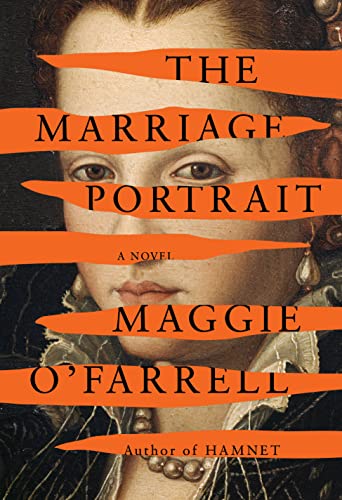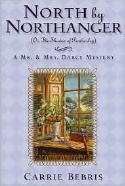This review contains affiliate links, which earn me a small commission when you click and purchase, at no extra cost to you. Thank you for supporting my small business and allowing me to continue providing you a reliable resource for clean book ratings.
It’s Florence in the 1560s, and Lucrezia is the third daughter of the Grand Duke Cosimo de Medici of Florence. She knows someday she will be married off to secure a good connection for her family. But that day comes sooner than she expects when her oldest sister dies the day before her marriage to Alfonso d’Este, the son of the Duke of Ferrara. Lucrezia is heartbroken at the loss of her sister but then surprised and utterly unready when she finds out Alfonso and her father have decided that she will be a suitable replacement for Maria.
In this novel, based on real characters and events, Lucrezia does not marry Alfonso right away; her nurse conspires to push back the event two years. But at 15, she is married and sent away from her home with her groom, who has come into power as duke after his father’s death.
Alfonso is sometimes sweet and gentle, taking time in the early days to help the small, delicate Lucrezia adjust to her new life. But at others, he is ruthless and cunning, utterly terrifying.
While she has many luxuries and the title of duchess, Lucrezia knows the pressure is on. Everyone, particularly Alfonso, is waiting for an heir. As months go by with no pregnancy, Lucrezia fears for her life.
In The Marriage Portrait, Maggie O’Farrell imagines the thoughts of a young woman in a common position in centuries past: female nobility raised to be married off for political means. Her prose is gorgeous, the descriptions of surroundings lush and evocative. She puts a modern-day spin on the inner workings of Lucrezia, giving her many longings for a freer life.
I think this is my least favorite of O’Farrell’s books (I haven’t yet read Hamnet, though I’ve heard great things about it). (I most enjoyed The Hand That First Held Mine and The Vanishing Act of Esme Lennox.) In part, maybe it’s because the reader knows what’s going to happen from the beginning. It feels laid out, inevitable, up until the last few pages. And it’s unlikely that Lucrezia would have had the kind of personality and ideas the author gives her, reaching back five centuries. She would have had it absolutely drummed into her what her duty was, and there would have been little room for other notions. There simply weren’t any. Overall, it felt like I read a lot of beautiful writing but the story itself wasn’t completely engaging for me.
Rated: Moderate. Profanity includes a few instances of moderate profanity and a few instances of the name of Deity in vain. Sex scenes are mostly brief, often simply references to it occurring, though one in particular is longer, as the main character thinks in her mind about reactions to what is happening (though it’s not terribly descriptive or erotic). Violence occurs occasionally; the powerful thoughtlessly do violent and horrible things to those with no power.
Click here to purchase your copy of The Marriage Portrait on Amazon.




